Home>Articles>How To Tell The Difference Between A Surge Protector And A Power Strip
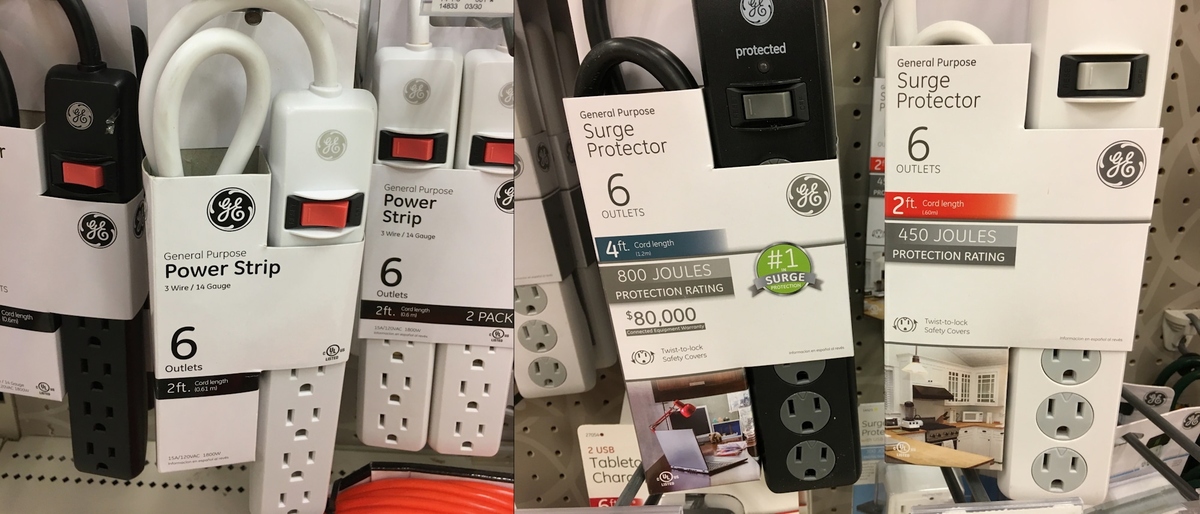

Articles
How To Tell The Difference Between A Surge Protector And A Power Strip
Modified: February 22, 2024
Learn how to distinguish between a surge protector and a power strip with these informative articles. Gain a better understanding of their unique features and functionalities.
(Many of the links in this article redirect to a specific reviewed product. Your purchase of these products through affiliate links helps to generate commission for Storables.com, at no extra cost. Learn more)
Introduction
When it comes to powering our electronic devices, we often rely on surge protectors and power strips. These two devices are essential for managing multiple devices and protecting them from power surges. However, many people confuse surge protectors with power strips, assuming they serve the same purpose. In reality, these two devices have distinct features and serve different roles in maintaining the safety of our electronics.
In this article, we will explore the key differences between surge protectors and power strips. By understanding their purposes and features, you can make an informed decision about which device is best suited for your needs.
Key Takeaways:
- Surge protectors safeguard electronics from voltage spikes, while power strips simply provide additional outlets. Choose surge protectors for valuable devices and power strips for everyday electronics.
- Understanding the differences between surge protectors and power strips helps in making informed decisions to protect and power electronic devices effectively.
Read more: How To Tell If I Have A Surge Protector
Purpose of Surge Protector and Power Strip
Surge protectors and power strips are often used interchangeably, but they have different purposes and functionalities.
A surge protector, also known as a surge suppressor, is designed to protect your electronic devices from voltage spikes or surges. These sudden increases in voltage can occur due to lightning strikes, power outages, and fluctuations in the power grid. Surge protectors have built-in components that divert excess voltage away from your devices, preventing damage to them.
On the other hand, a power strip is a device that provides additional power outlets for plugging in multiple devices. It extends the limited number of outlets available in a room or office and allows you to conveniently connect and power multiple devices from a single power source.
The primary purpose of a surge protector is to protect your valuable electronics from voltage spikes, while a power strip simply provides additional outlets for your devices.
It is essential to note that while a surge protector offers protection against voltage surges, it does not guarantee protection against other power-related issues such as brownouts or blackouts. For comprehensive protection, consider combining a surge protector with an uninterruptible power supply (UPS), which provides battery backup during power outages.
Features of Surge Protectors
Surge protectors come with several features that make them effective in safeguarding your electronic devices. Here are some key features to look for when choosing a surge protector:
- Surge Protection Rating: The surge protection rating, measured in joules, indicates the maximum amount of energy the surge protector can absorb. A higher rating means better protection against voltage spikes.
- Outlets: Surge protectors come with multiple outlets, allowing you to connect multiple devices simultaneously. Make sure the surge protector has enough outlets to accommodate your needs.
- Indicator Lights: Many surge protectors feature indicator lights to show whether the unit is functioning correctly. These lights often indicate if the surge protector is grounded and if it needs replacing after absorbing a surge.
- Response Time: Surge protectors have a response time that indicates how quickly they can divert excess voltage away from connected devices. Look for a surge protector with a fast response time to ensure prompt protection.
- EMI/RFI Filtering: Some surge protectors include EMI/RFI (Electromagnetic Interference/Radio Frequency Interference) filtering, which helps minimize interference caused by electrical noise. This feature can improve the performance of sensitive electronic devices.
- Power Cord Length: Consider the length of the surge protector’s power cord to ensure it can reach your power source conveniently.
- Warranty: Check the warranty period offered by the manufacturer. A longer warranty period indicates confidence in the surge protector’s performance.
It is important to note that surge protectors have a lifespan and can wear out over time, especially after absorbing multiple power surges. It is recommended to replace surge protectors every few years to ensure continued protection.
Features of Power Strips
Power strips serve as convenient solutions for expanding the number of available outlets in your home or office. Here are some key features to consider when choosing a power strip:
- Number of Outlets: Power strips come in various sizes, offering different numbers of outlets. Consider how many devices you need to plug in and choose a power strip with enough outlets to accommodate your needs.
- Spacing Between Outlets: Some power strips feature wider spacing between outlets, allowing you to plug in larger plugs and adapters without blocking adjacent outlets.
- Surge Protection: While power strips are primarily designed to provide additional outlets, some models also come with built-in surge protection. These combined surge protector power strips offer the convenience of both features.
- On/Off Switch: Many power strips include an on/off switch to easily turn off all connected devices at once, helping to conserve energy and prevent standby power loss.
- USB Ports: Some power strips feature USB ports in addition to standard AC outlets. These USB ports allow you to charge your devices directly, eliminating the need for separate chargers.
- Cord Length and Management: Consider the length of the power strip’s cord to ensure it can reach your power source conveniently. Additionally, some power strips offer cord management features such as cable organizers or clips to keep cords neatly organized.
- Wall Mounting: Certain power strips come with mounting options, allowing you to attach them to walls or underneath desks, saving valuable space.
- Child Safety Features: If you have young children at home, look for power strips with child safety features such as tamper-resistant outlets or surge protectors with covers.
It is important to remember that power strips are not designed to protect against voltage surges. If you require surge protection for your devices, consider using a surge protector in combination with a power strip.
Understanding Surge Protection
Surge protection is a crucial aspect of maintaining the safety of your electronic devices. Understanding how surge protection works can help you make informed decisions when choosing surge protectors.
Surges, also known as power spikes or voltage spikes, are sudden increases in voltage that can occur within the electrical power grid. These surges can be caused by lightning strikes, power outages, or fluctuations in the power supply. When a surge happens, it can send excessive voltage through your electrical system, potentially damaging or destroying your sensitive electronic devices.
A surge protector acts as a shield between your devices and the electrical outlet. It detects any increase in voltage and diverts the excess energy away from your devices, protecting them from potential harm. Surge protectors achieve this through a variety of components, including metal oxide varistors (MOVs) or gas discharge tubes (GDTs) that absorb the excess voltage and redirect it to a grounding wire or dissipate it as heat.
Surge protectors are designed to have a specific surge protection rating, measured in joules. The surge protection rating indicates the maximum amount of energy the surge protector can absorb before it becomes ineffective. When choosing a surge protector, opt for one with a higher joule rating, as it can handle larger surges and provide better protection for your devices.
It is essential to understand that while surge protectors offer valuable protection against sudden voltage spikes, they are not foolproof. Extremely strong surges, such as those caused by direct lightning strikes, may exceed the capabilities of even the most robust surge protectors. In such cases, it is recommended to unplug your devices from the outlet to ensure their safety.
Regularly inspect your surge protectors for signs of wear or damage, such as frayed cords or indicator lights that are not functioning correctly. If you notice any issues, it is advisable to replace the surge protector promptly to maintain optimal protection for your devices.
When looking for a surge protector, check for a joule rating. The higher the joules, the better the protection against power surges.
Understanding Power Distribution
Power distribution is a fundamental aspect of supplying electricity to multiple devices in a safe and organized manner. Understanding how power is distributed can help you optimize the use of power strips and ensure the efficient operation of your electronic devices.
When electricity enters your home or office building, it is distributed through a system of electrical circuits. These circuits consist of wires and breakers that carry and regulate the flow of electrical current. The electrical power is supplied through the main electrical panel, which is typically located in a utility room or basement.
Power distribution within a building is divided into circuits or electrical outlets. Each circuit is protected by a circuit breaker or a fuse, which cuts off the power in the event of an overload or short circuit. Power strips are then connected to the electrical outlets, providing additional outlets for multiple devices.
It is important to understand the maximum load capacity of a circuit to prevent overloading. Every circuit has a specific ampere rating, which determines the maximum amount of electrical current it can safely carry. Exceeding the ampere rating can lead to overheating and potentially cause a fire hazard.
When using power strips, it is crucial to distribute the load evenly across different circuits. Avoid plugging multiple high-powered devices into the same power strip or outlet, as it can overload the circuit. Spread out the devices across different power strips and outlets to ensure a balanced distribution of power.
Furthermore, be aware of the wattage and power requirements of your electronic devices. Some devices, such as gaming consoles or high-end computers, can have higher power demands. Ensure that the power strip and circuit can handle the combined wattage of all connected devices to prevent electrical issues.
Note that power strips should not be daisy-chained or connected in series by plugging one into another, as this can overload the circuit and increase the risk of electrical hazards. Instead, use separate power strips connected directly to different outlets.
By understanding power distribution, you can effectively manage your electrical devices and ensure a safe and efficient flow of power throughout your home or office. Remember to always prioritize safety and adhere to local electrical codes and regulations when installing power strips or modifying electrical circuits.
Key Differences Between Surge Protectors and Power Strips
While surge protectors and power strips are often used interchangeably, they have distinct differences in terms of functionality and purpose. Understanding these differences is essential for selecting the right device for your specific needs. Here are the key differences between surge protectors and power strips:
- Purpose: Surge protectors are designed to protect electronic devices from voltage surges or spikes. Their primary function is to divert excess voltage away from connected devices, safeguarding them from potential damage. Power strips, on the other hand, are primarily used to expand the number of available outlets, allowing you to connect multiple devices to a single power source.
- Protection: Surge protectors offer protection against voltage surges, but power strips do not. Surge protectors have built-in components that detect and absorb excessive voltage, while power strips only provide additional outlets without any surge protection capabilities.
- Features: Surge protectors often include features such as surge protection rating, indicator lights, EMI/RFI filtering, and fast response times. These features ensure optimal surge protection for your devices. Power strips, on the other hand, focus on providing multiple outlets, some with additional features like USB ports or cord management options.
- Price: Surge protectors are generally more expensive than power strips due to their added functionality and surge protection capabilities. Power strips, offering only multiple outlets, are typically more affordable.
- Usage Scenarios: Surge protectors are ideal for sensitive electronics and devices that require protection against voltage surges, such as computers, televisions, and home theater systems. Power strips, on the other hand, are suitable for everyday devices and appliances that do not require surge protection, such as lamps, chargers, or kitchen appliances.
- Safety: Surge protectors enhance the safety of your electronic devices by redirecting excessive voltage away from them. Power strips, while not providing surge protection, are still designed to meet safety standards for electrical usage and should be used responsibly and according to manufacturer instructions.
It is essential to understand the differences between surge protectors and power strips to ensure you choose the appropriate device for your specific needs. If surge protection is a priority for your valuable electronics, investing in a surge protector is highly recommended to safeguard them from power surges and voltage spikes.
Choosing the Right Device for Your Needs
Choosing between a surge protector and a power strip depends on your specific needs and the devices you plan to connect. Here are some factors to consider when making your decision:
- Device Protection: If you have sensitive electronic devices that require protection against voltage surges, such as computers, gaming consoles, or expensive home theater systems, investing in a surge protector is essential. Surge protectors provide advanced surge protection features, ensuring the safety of your devices.
- Number of Outlets: Assess your power needs and determine how many outlets you require. Power strips are ideal if you need to connect multiple devices to a single power source, while surge protectors can also provide multiple outlets along with surge protection.
- Budget: Consider your budget when choosing between a surge protector and a power strip. Surge protectors typically cost more due to their added surge protection features. If surge protection is not a priority, a power strip may be a more cost-effective option.
- Device Compatibility: Take into account the electrical requirements of your devices. Devices that are sensitive to power disturbances or have higher power demands may benefit from the advanced features of a surge protector. Ensure that the device you choose can handle the wattage and voltage requirements of your devices.
- Longevity: Surge protectors have a limited lifespan and can wear out over time, especially after absorbing multiple power surges. Consider the durability and warranty offered by the surge protector manufacturer to ensure it provides reliable protection for an extended period.
- Additional Features: Assess if you require any additional features such as USB ports, cord management options, or wall-mounting capabilities. Power strips often offer these conveniences, making them suitable for everyday use in offices, bedrooms, or entertainment areas.
Ultimately, the decision between a surge protector and a power strip hinges on your specific requirements. If you want to protect valuable electronic devices from voltage spikes, surge protectors are the way to go. However, if you need additional outlets and surge protection is not a concern, a power strip may be more suitable.
Remember to read product specifications, reviews, and user experiences before making a purchase to ensure you choose a device that meets your needs and performs reliably.
Conclusion
Surge protectors and power strips may seem similar on the surface, but they serve distinct purposes and have different functionalities. Understanding the differences between these devices is crucial for making an informed decision and ensuring the safety of your electronic devices.
Surge protectors are designed to safeguard your valuable electronics from voltage surges and spikes. They provide advanced surge protection features such as surge protection ratings, indicator lights, and fast response times. Surge protectors are essential for devices that require extra protection, such as computers, televisions, and home theater systems.
Power strips, on the other hand, are primarily used to expand the number of outlets available for connecting multiple devices. They do not offer surge protection but offer additional features like USB ports, cord management options, and compatibility with everyday devices and appliances.
When choosing between a surge protector and a power strip, consider factors such as device protection needs, the number of outlets required, budget, device compatibility, and any additional features you may need. Ensure that the device you choose can handle the power demands of your devices and meets safety standards.
Remember to regularly assess the lifespan and condition of your surge protectors, as they can wear out over time and may need replacement to maintain optimal protection. Power strips should be used responsibly and adhered to local electrical codes and regulations.
In conclusion, surge protectors are vital for protecting sensitive electronic devices from voltage surges, while power strips provide additional outlets for everyday devices. By understanding the unique features and purposes of surge protectors and power strips, you can make the right choice to meet your specific needs and ensure the safety and functionality of your electronic devices.
Frequently Asked Questions about How To Tell The Difference Between A Surge Protector And A Power Strip
Was this page helpful?
At Storables.com, we guarantee accurate and reliable information. Our content, validated by Expert Board Contributors, is crafted following stringent Editorial Policies. We're committed to providing you with well-researched, expert-backed insights for all your informational needs.
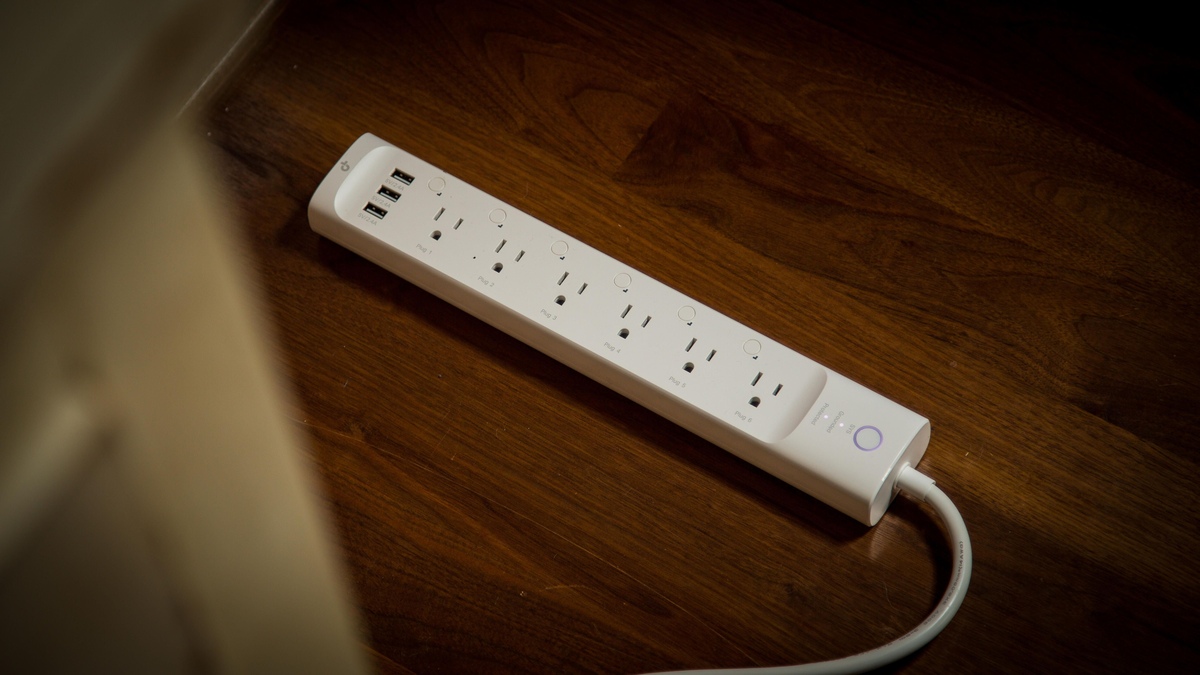
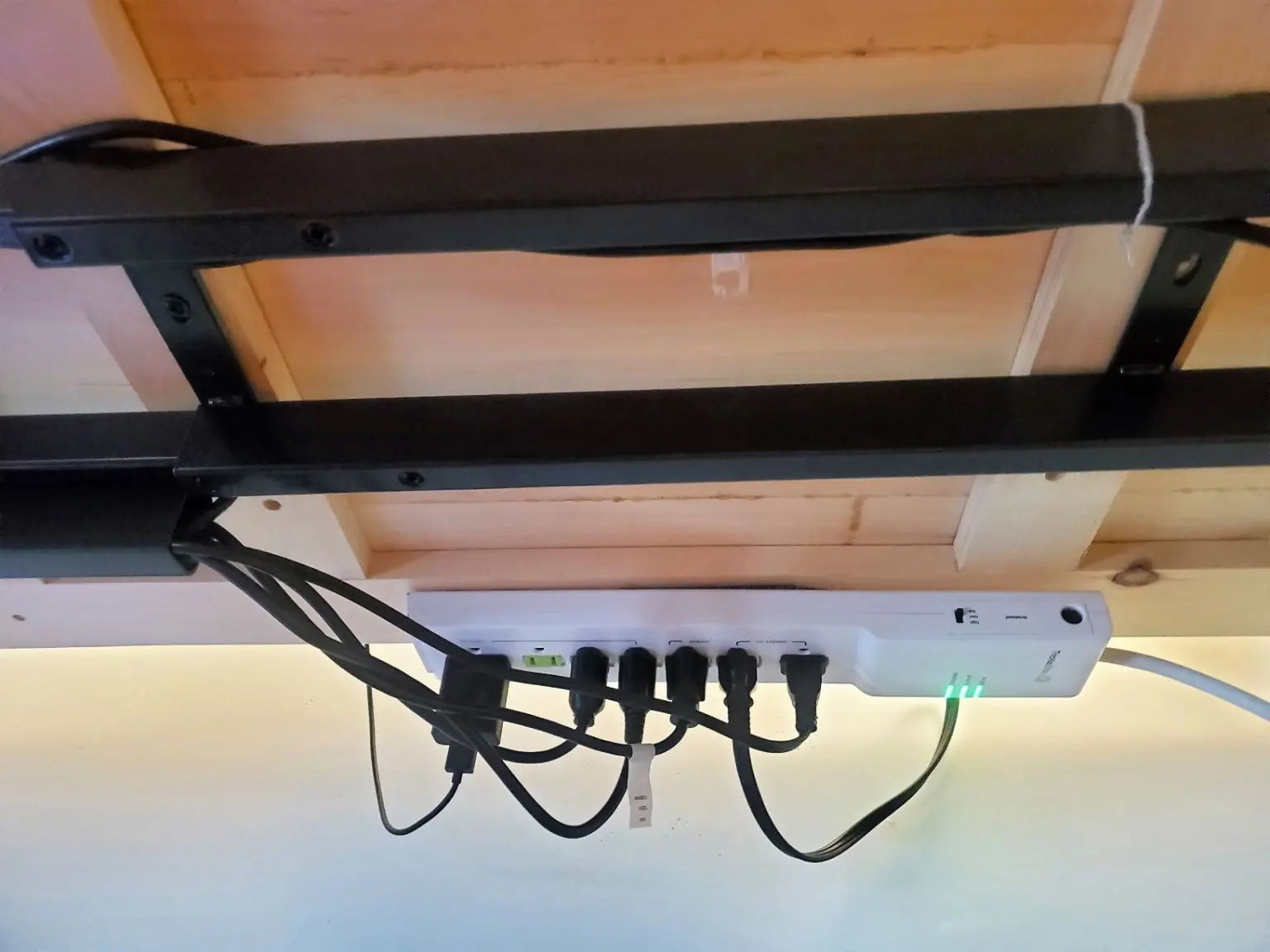
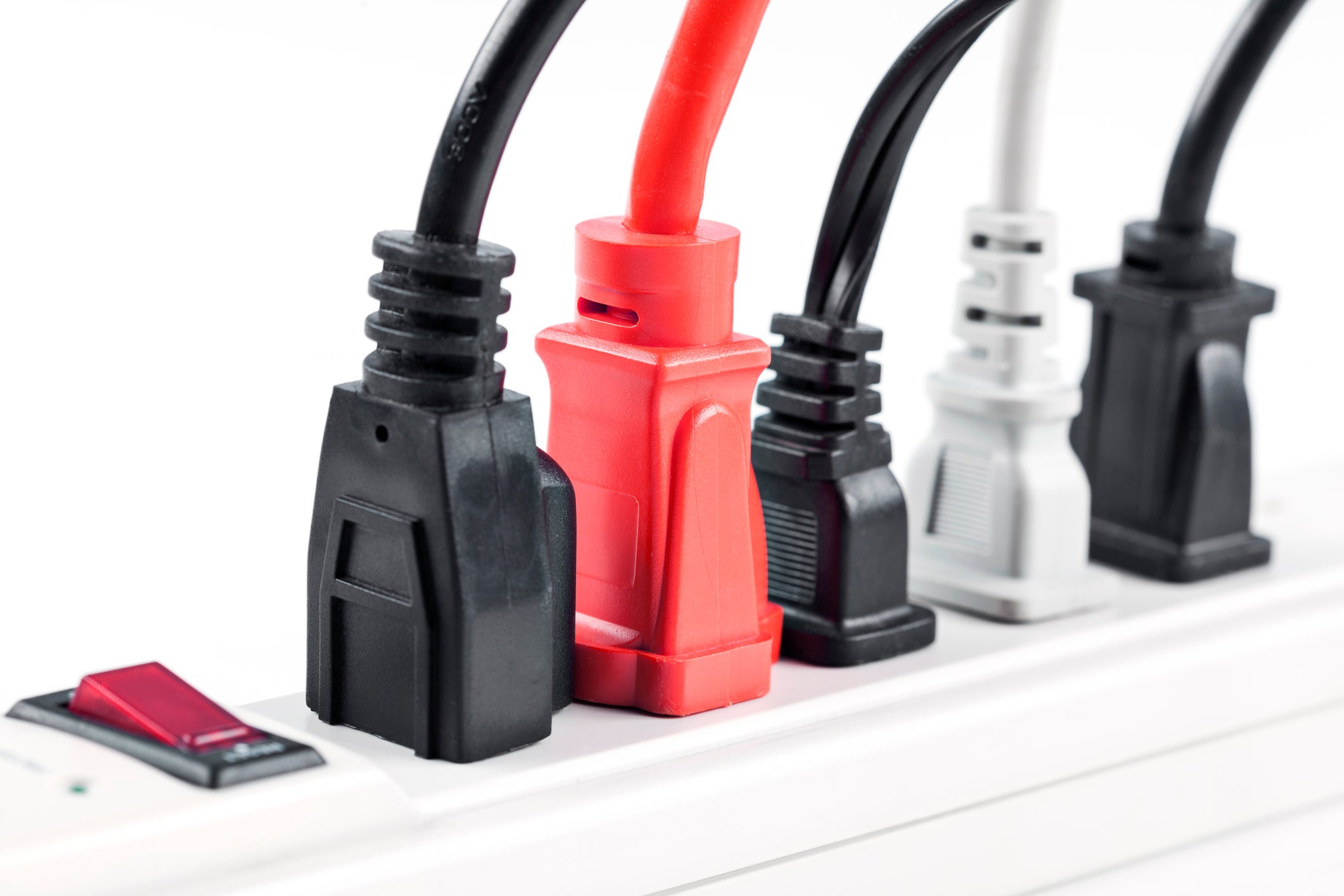
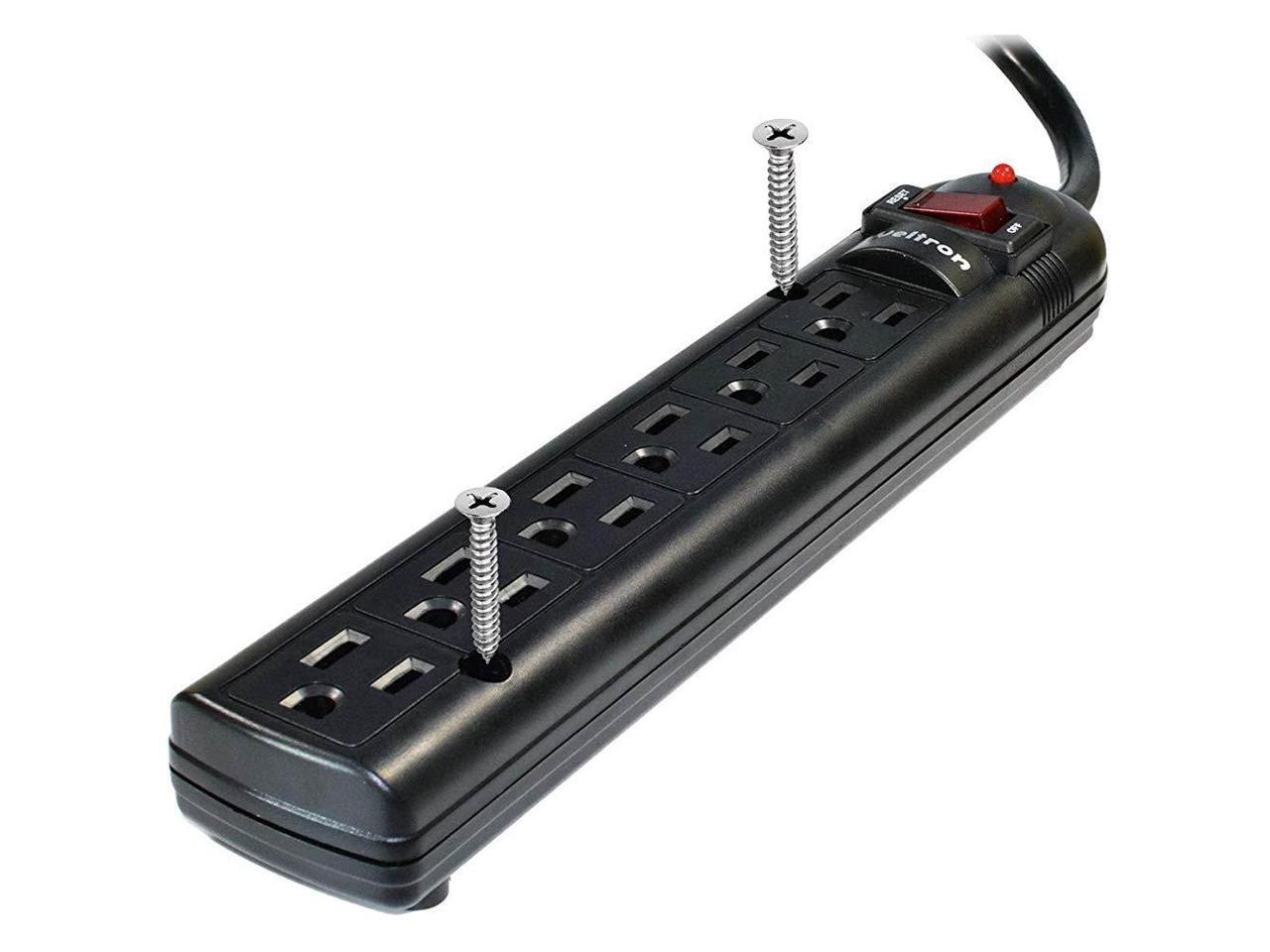
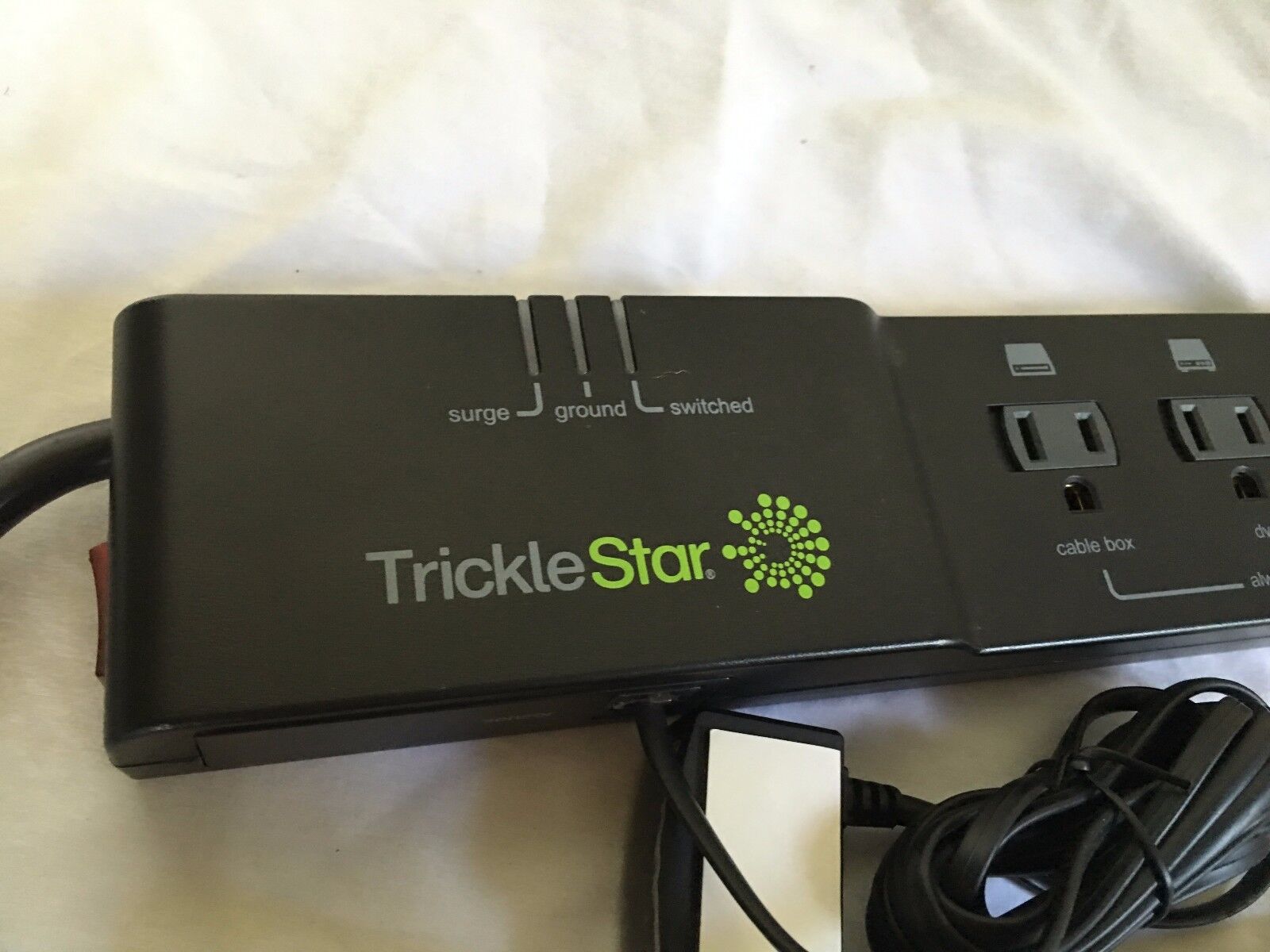
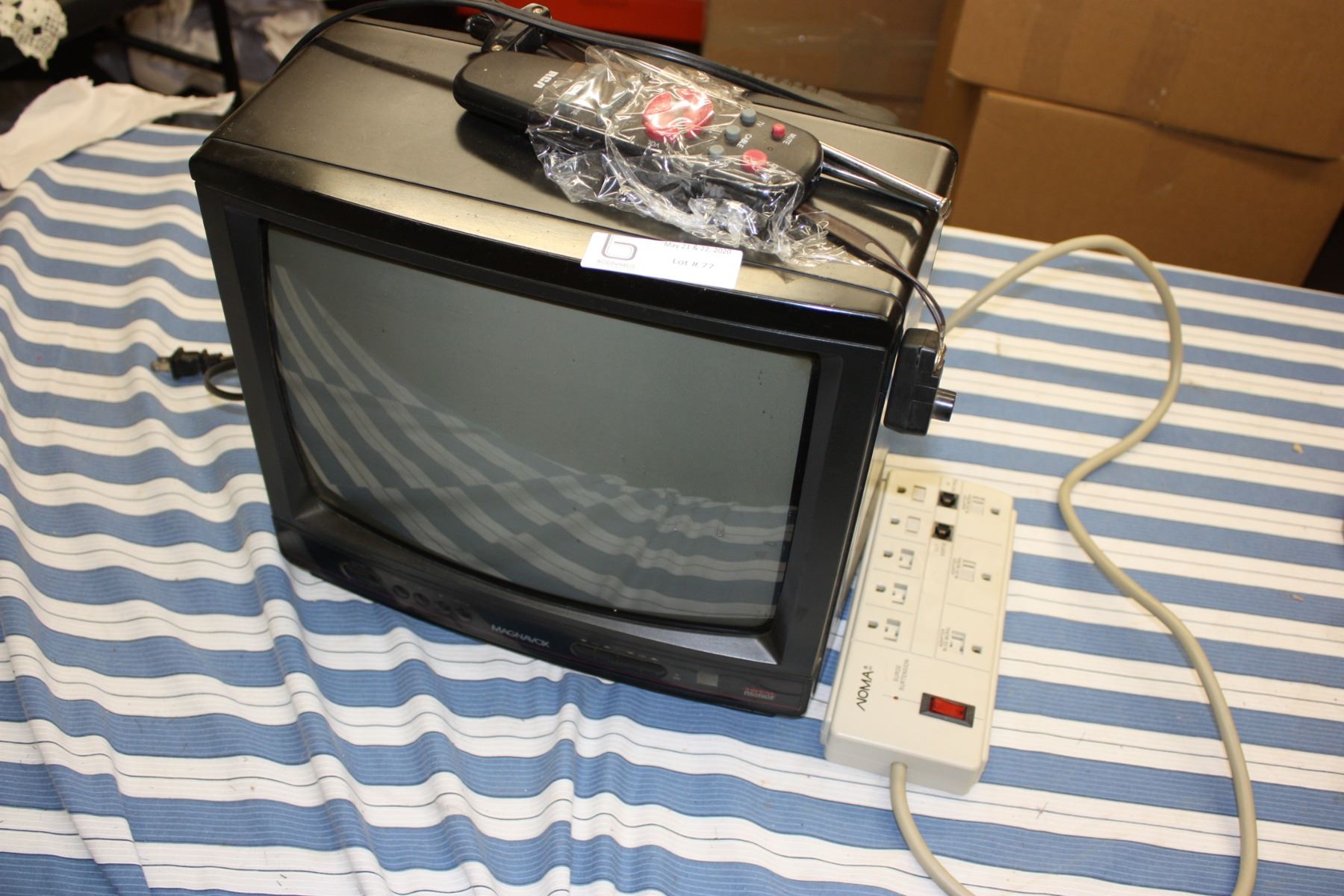
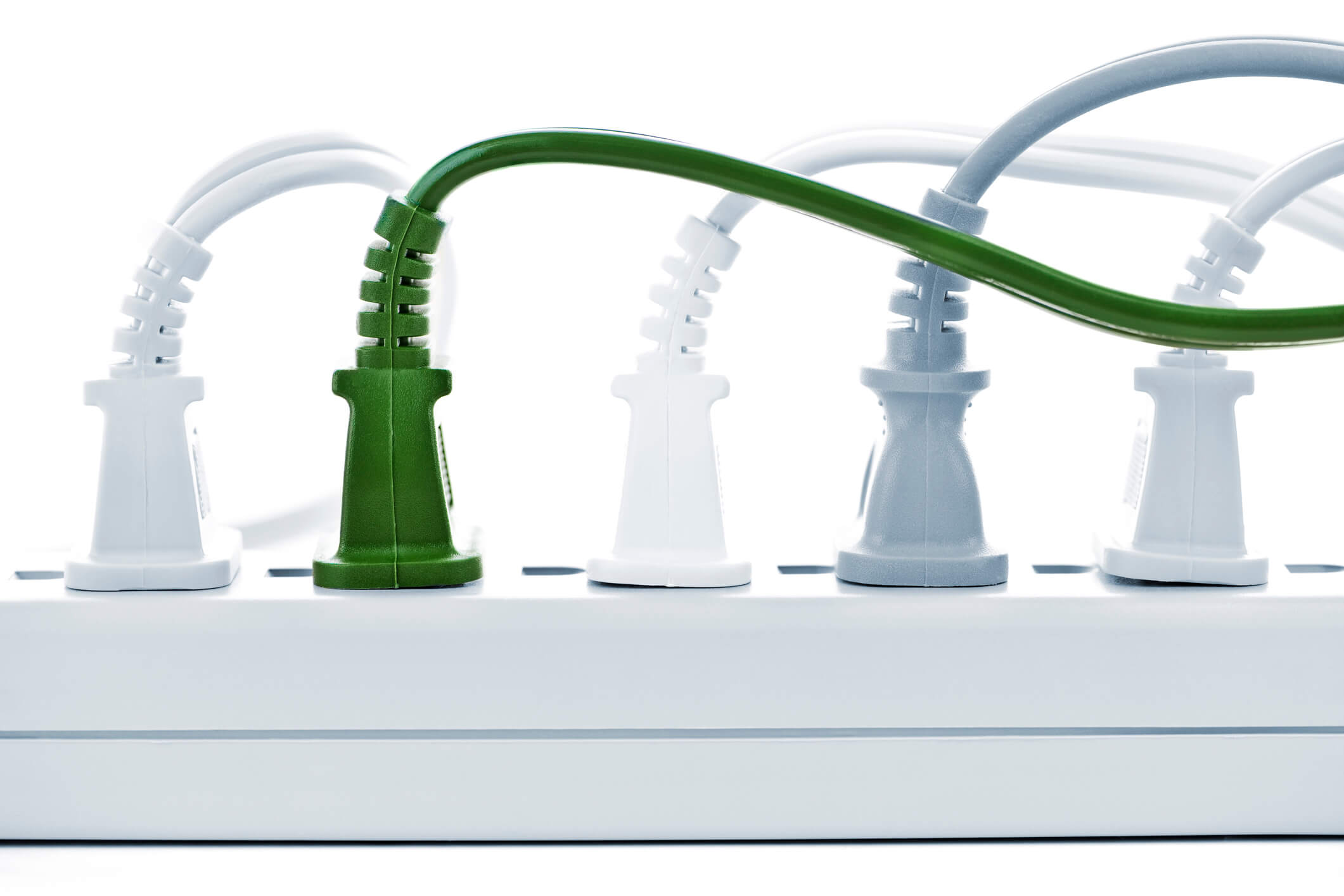
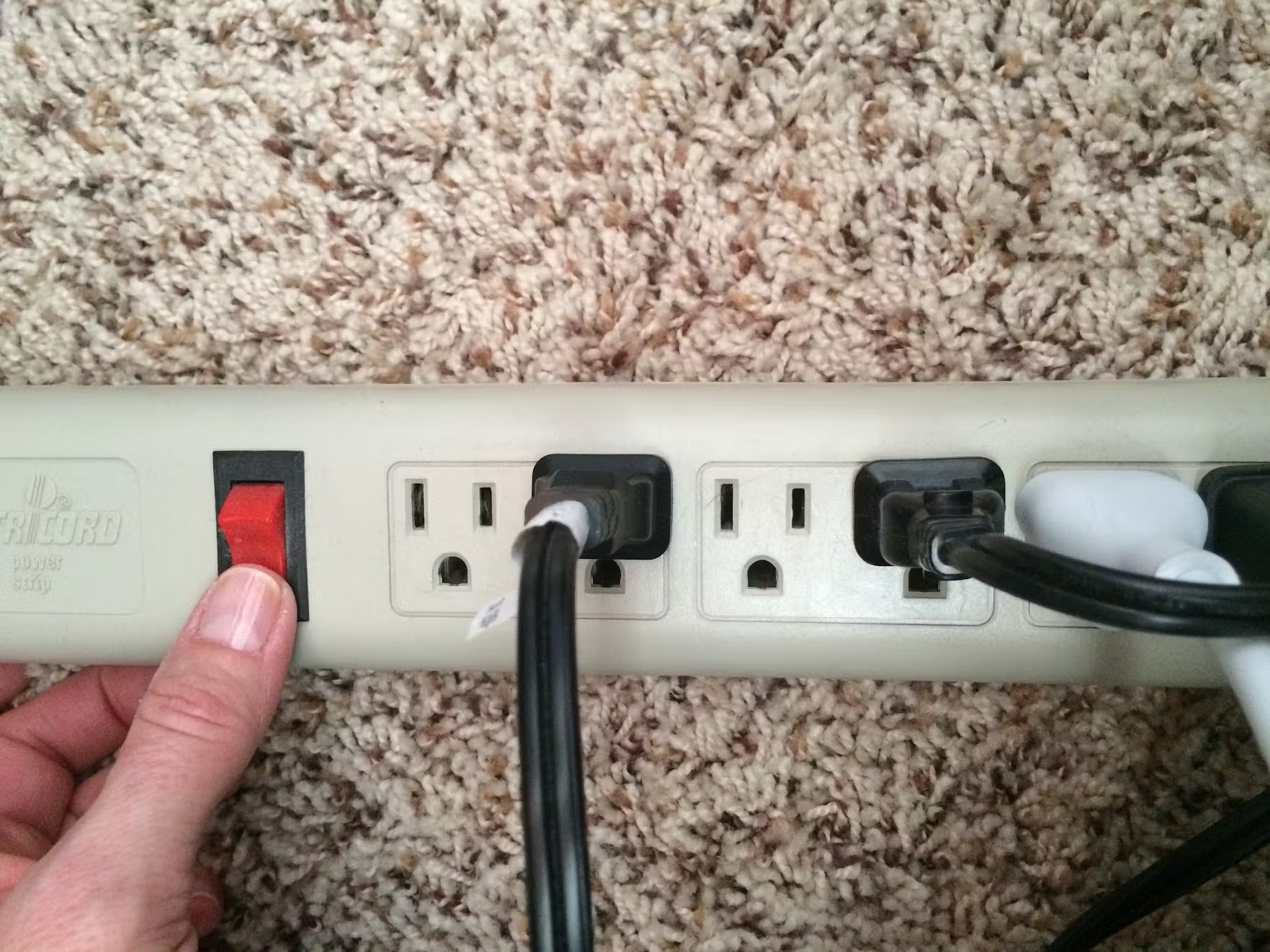
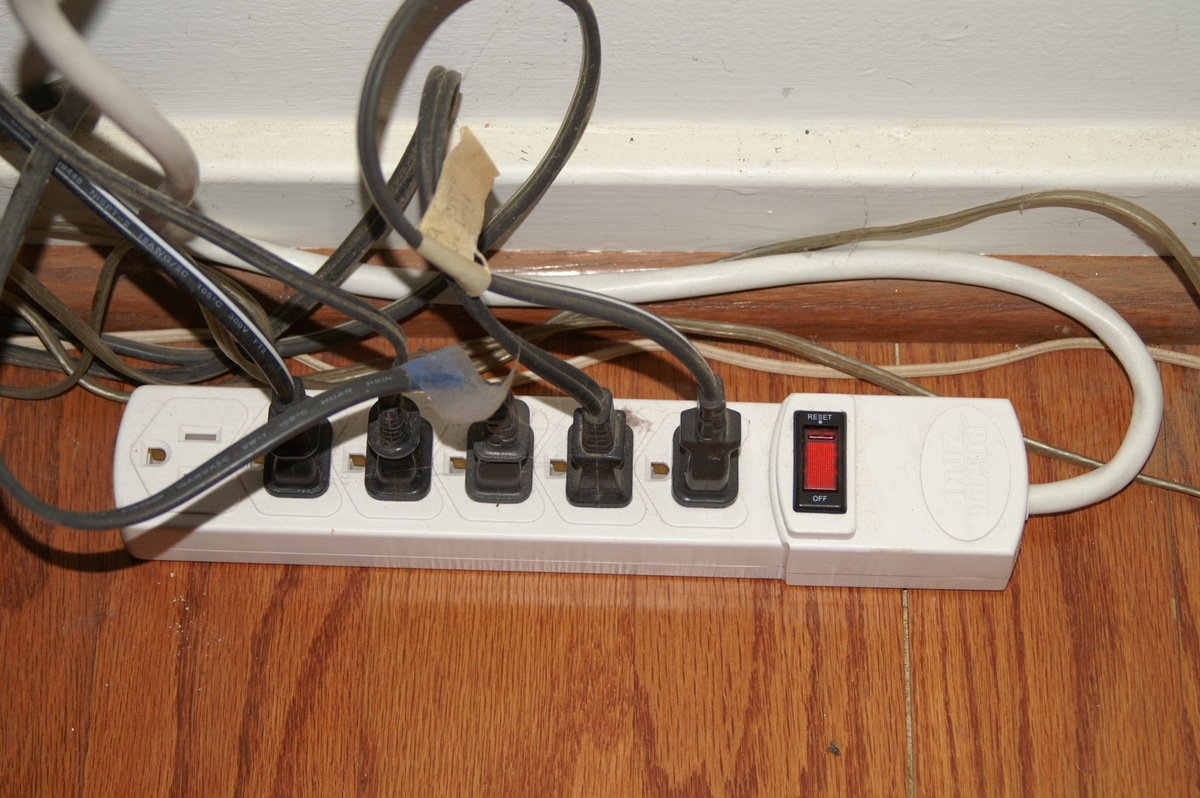
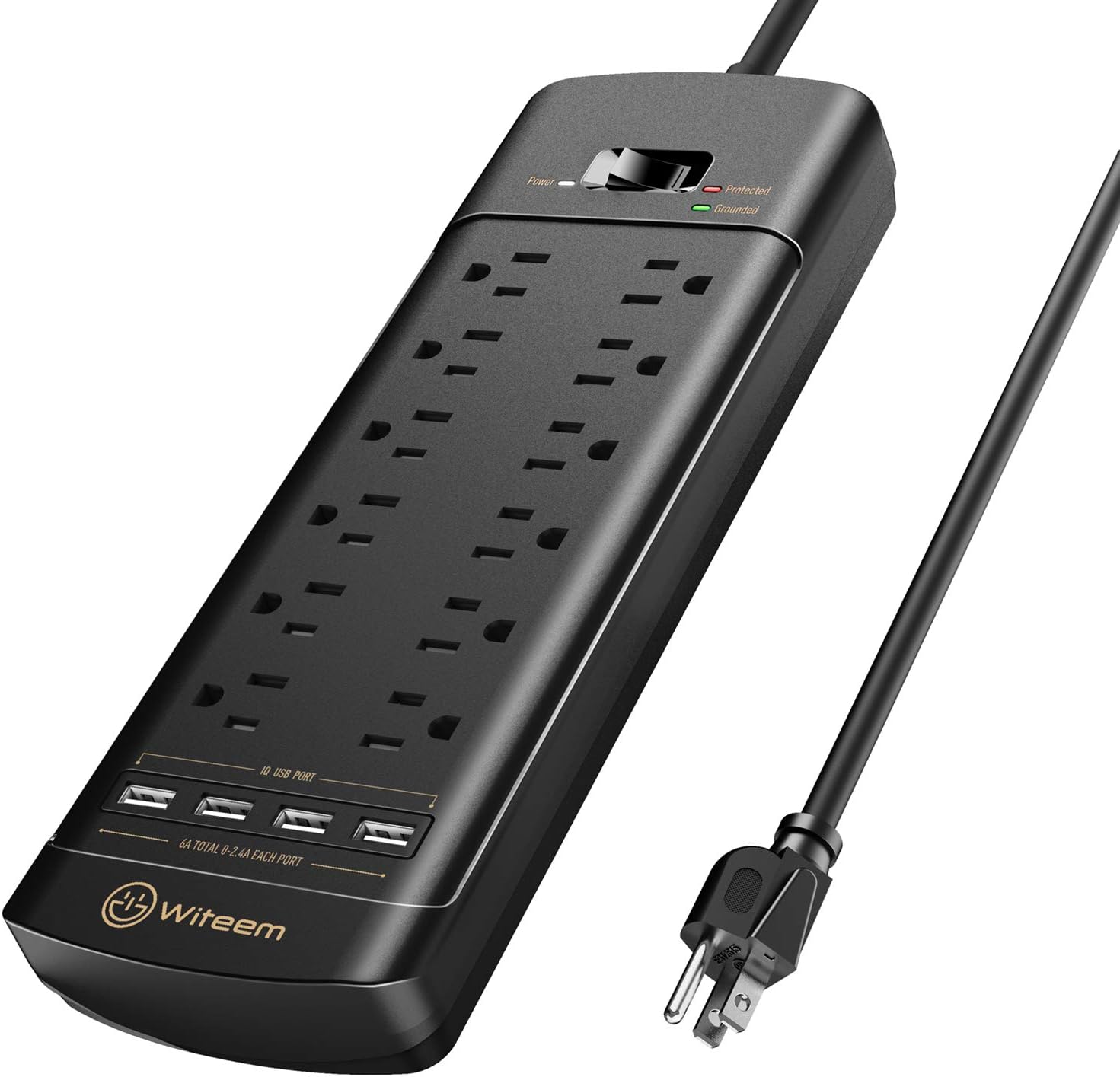
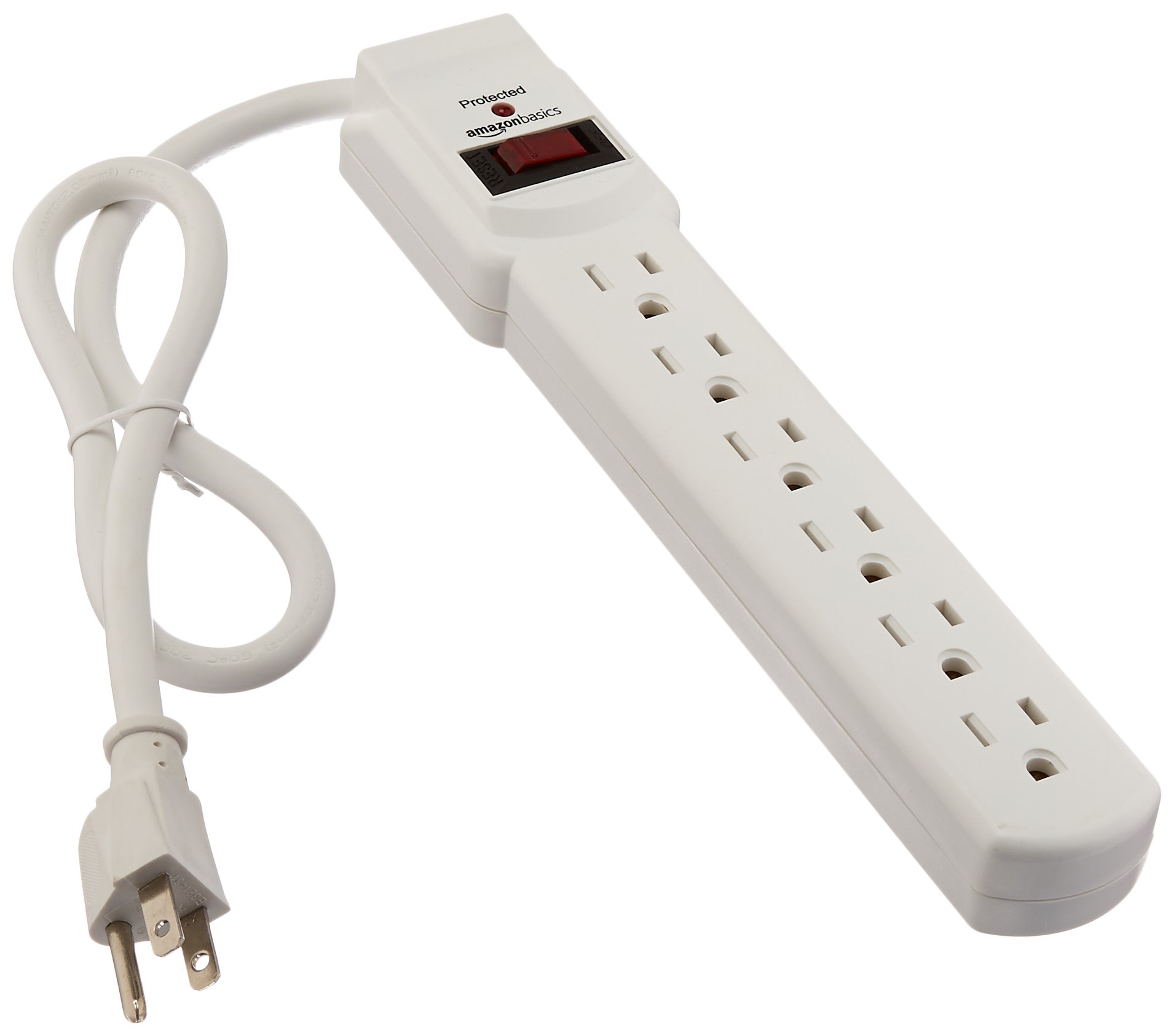
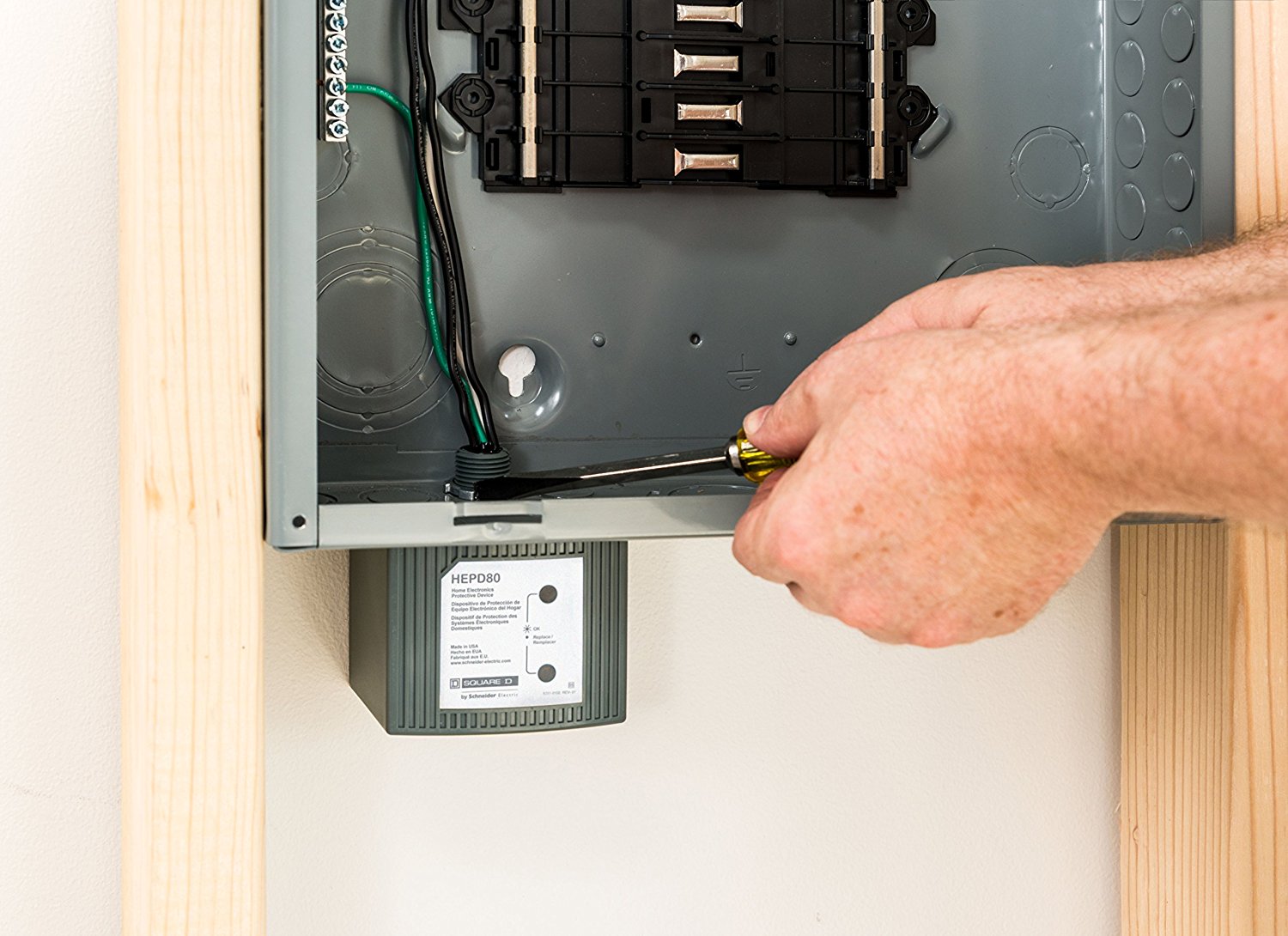
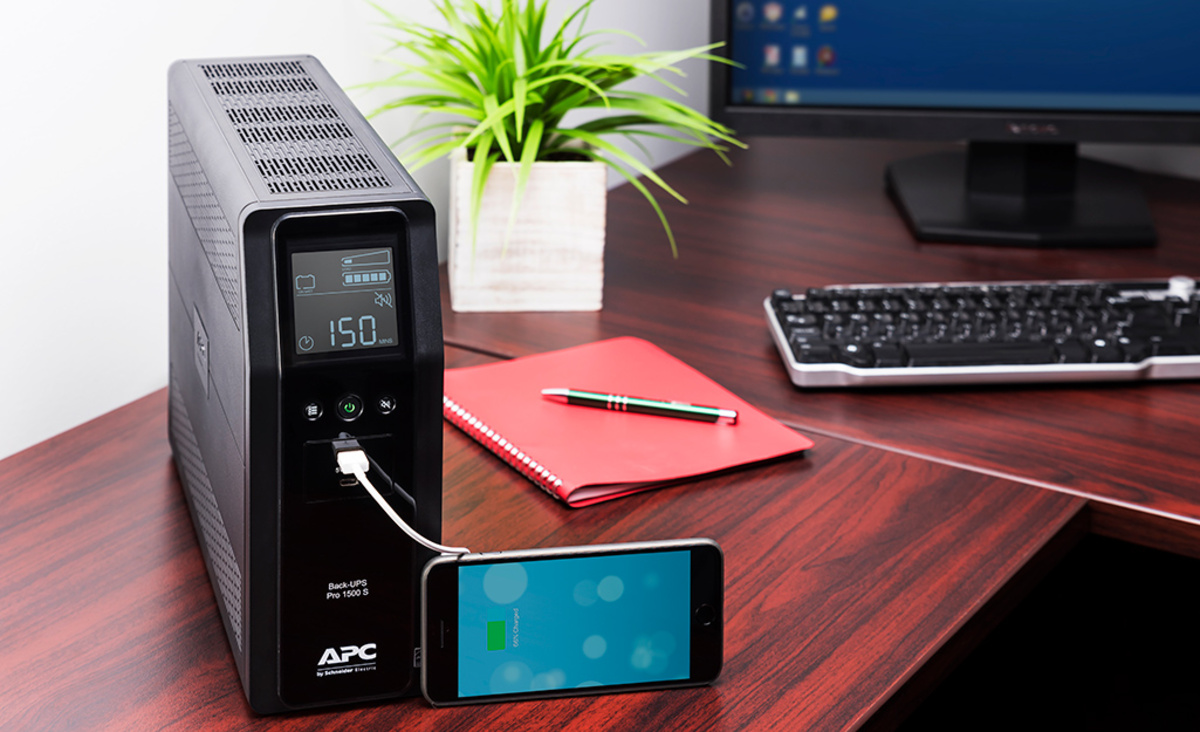
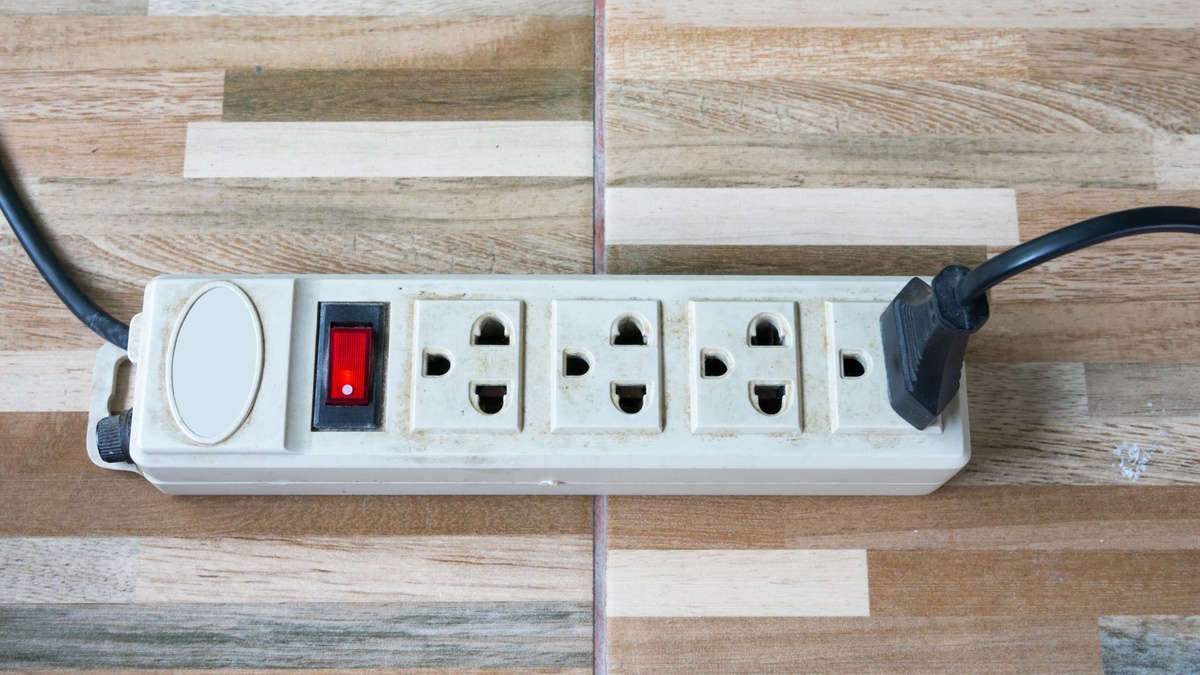

0 thoughts on “How To Tell The Difference Between A Surge Protector And A Power Strip”